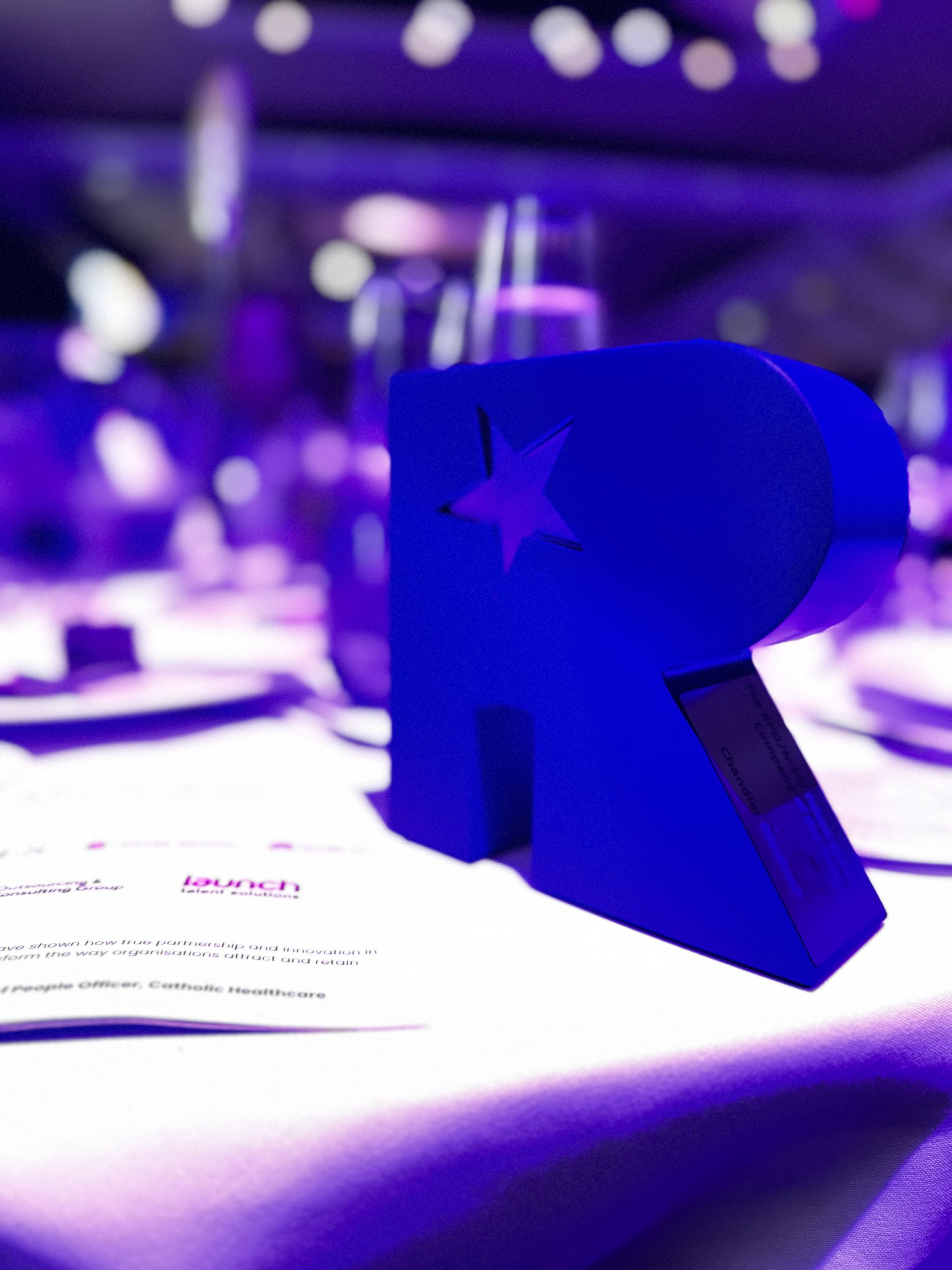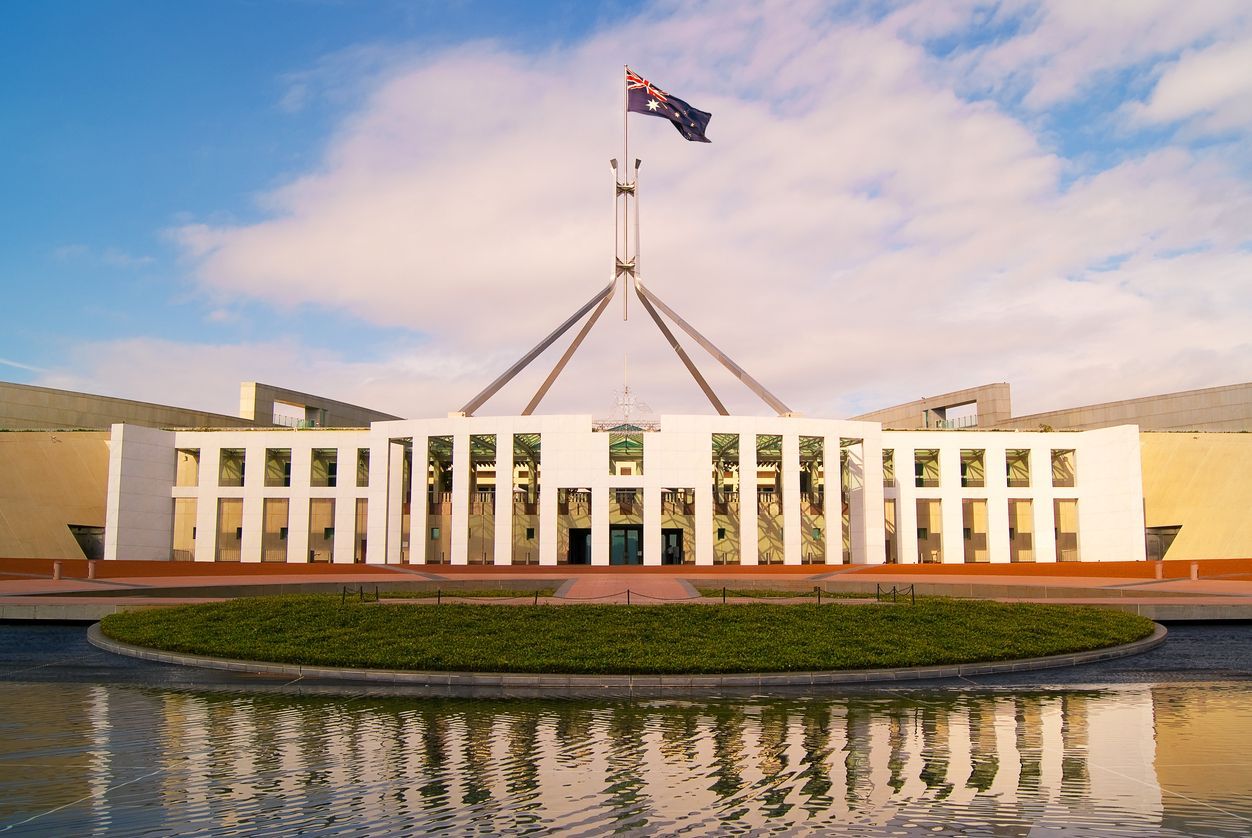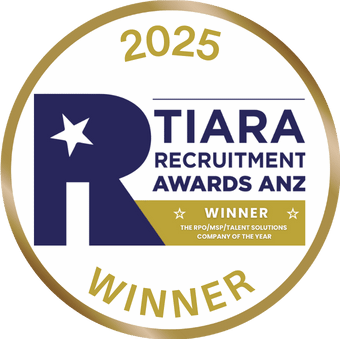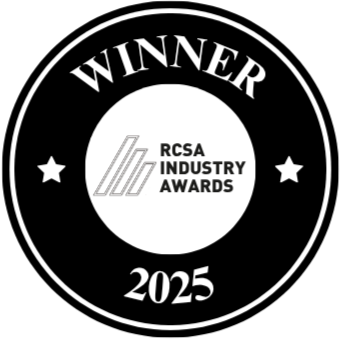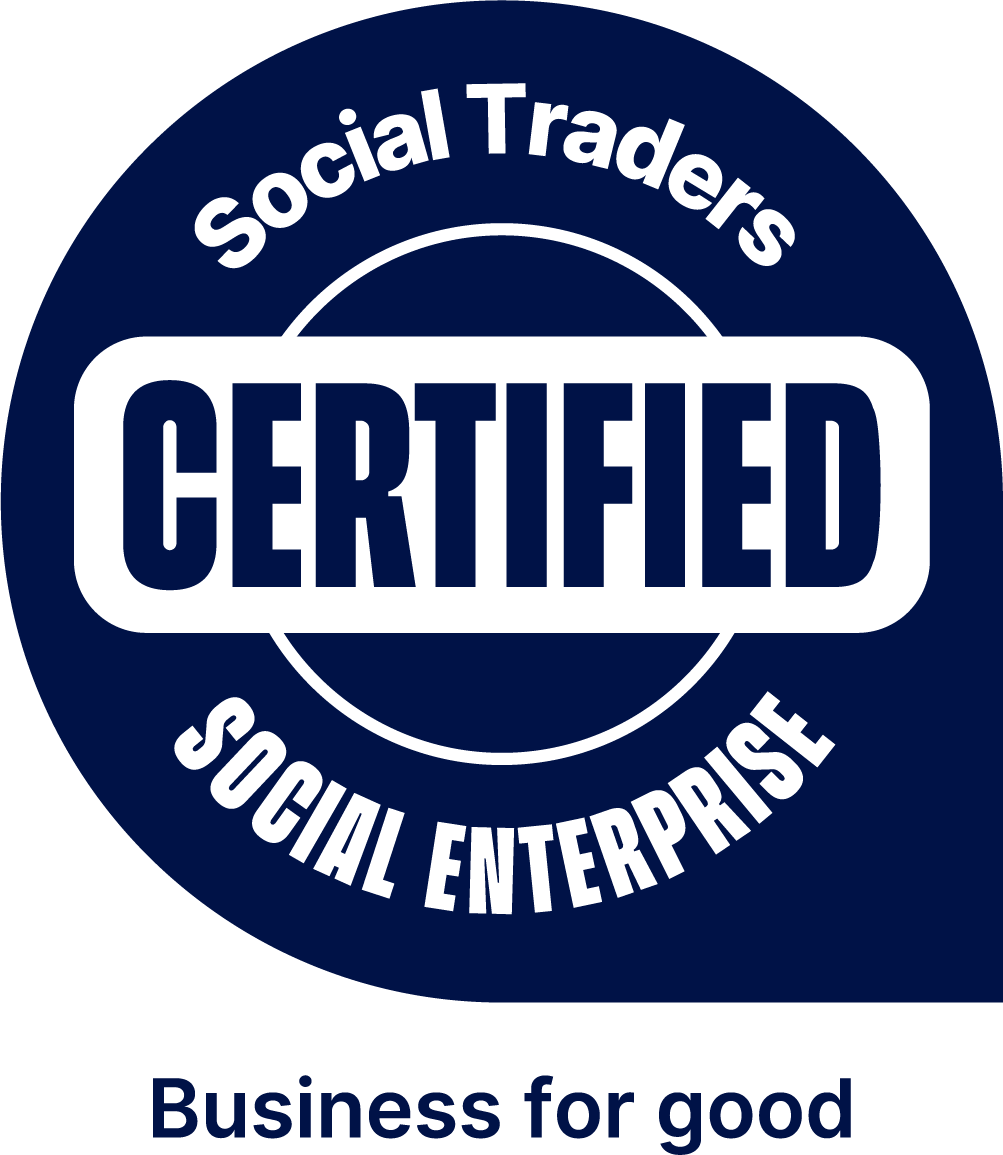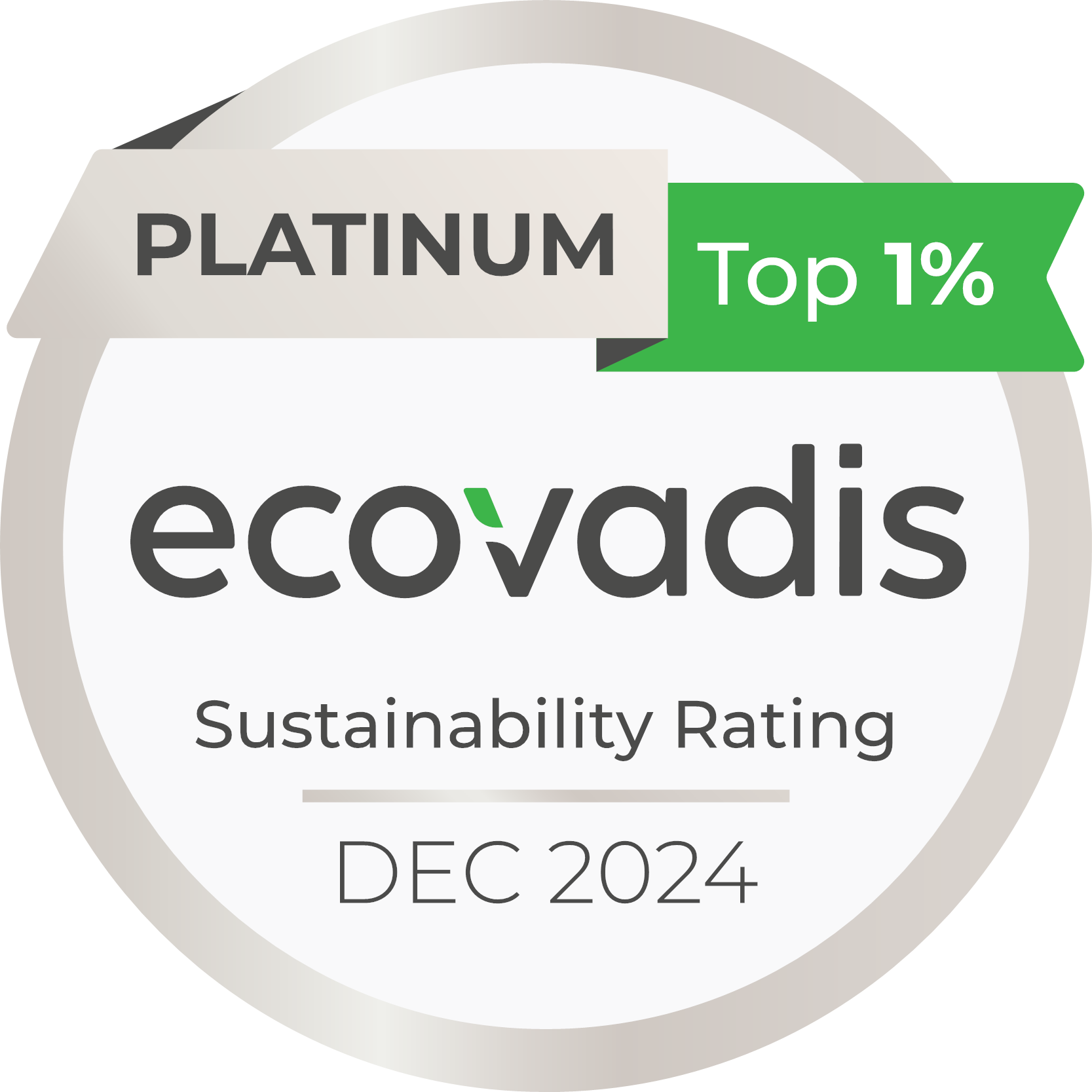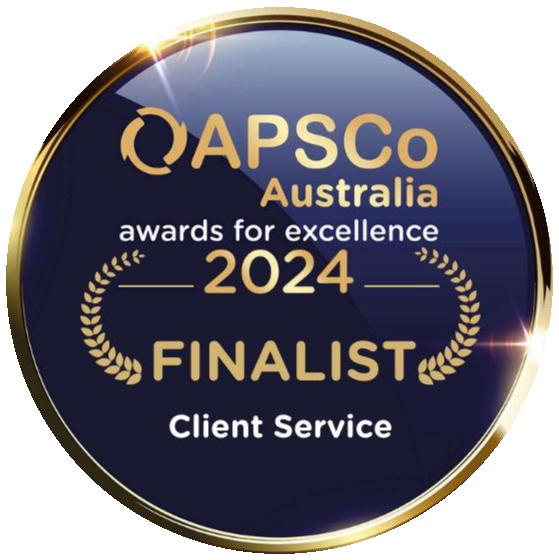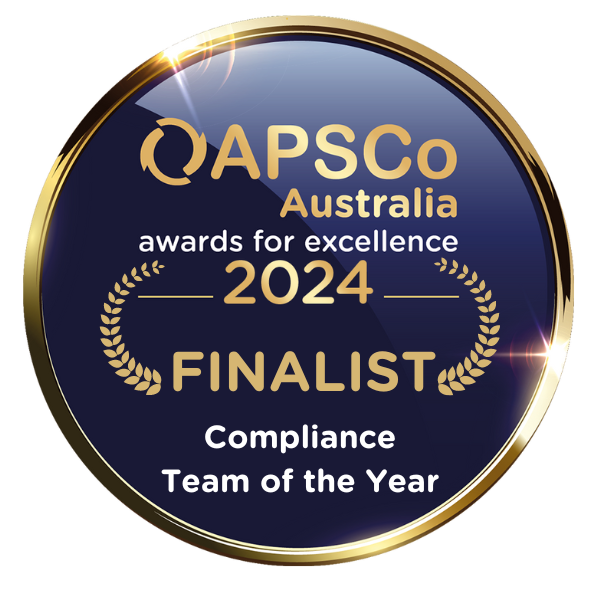Australia is in the middle of an important transition from a traditional fossil fuel-based energy system, to additional renewable energy options(1). The great news is, at its current rate, Australia is on track for a goal of 50% renewable electricity by 2025(5).
As a growth industry, renewable energy providers have the potential to have a remarkable impact on diversity in their workforce. However, this will only happen if we act now to secure processes and planning to enhance the recruitment policies of these industries.
Last year alone, renewables reported the highest growth of any energy source, with the growth of wind and solar power being unprecedented6. Solar power alone experienced a global growth of 27%. This growth fuels new development, requiring increased workforces.
The Clean Energy Australia Report (2018) indicates that the renewable energy industry is on the verge of a major breakthrough. Large-scale wind and solar project activity continues to push investment in Australia to a record US$9 billion. That strong growth has also translated into employment opportunities, with accredited solar installer numbers growing by 60% in 2017
In 2017, approximately 700 MW of renewable projects were completed and began generation. But with seven times that amount either under construction or with financial support at the end of the year, this is a key discovery.
Clean Energy Council, 2018
The Solar Energy Industries Association believes a more diverse workforce will enhance the industry. This will be implemented through broadened recruitment pools, increased retention and a more engaged, productive and fulfilled workforce 3. Here at Chandler Macleod, we wholeheartedly agree.
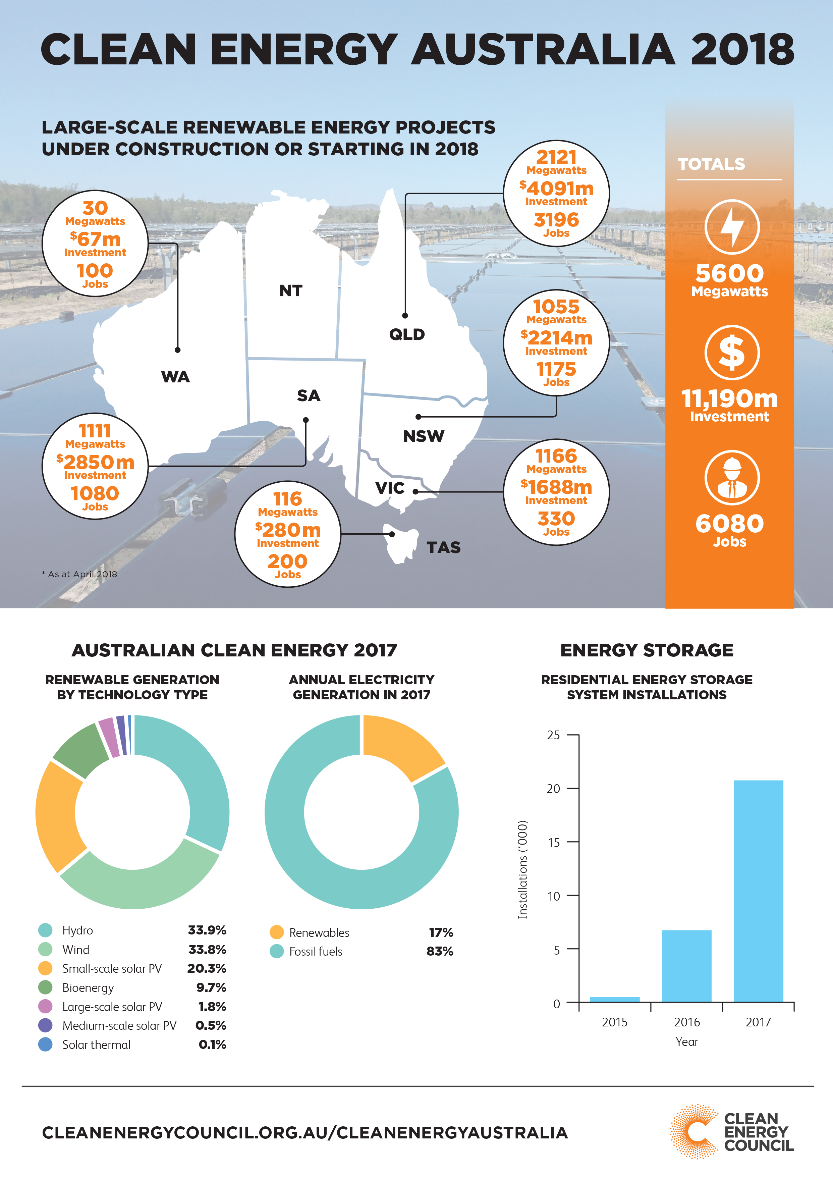
Opportunities for Enhanced Diversity in Renewable Energy Industries
Increased investment and confidence has resulted in an unprecedented level of industry activity in renewable energy(4). The Clean Energy Council (2018) reports, that this has occasionally resulted in a lack of qualified electricians to complete the number of jobs on offer. As the demand for solar and renewable energies increases, the level of opportunity for newcomers in the industry will continue to increase.
We’ve got the capability to build our industry as gender diverse, unlike the fossil fuel industry. One of the key things we can do is report against gender diversity targets in annual reports open to the public.
Miles George, Managing Director of Infigen Energy and Chair of the CEC (4)
The question remains; why would we need to worry about diversity?
Global renewable energy employment reached 8.3 million in 2016(3). Despite this massive number, female representation in the workforce remains at around 20% globally(3). Research on Aboriginal and Torres Strait Islander participation is not available at this stage, nor is the level of mature aged workers. As an emerging and growing industry, the renewable energy sector is uniquely poised to lead on diversity. If it does not prioritise gender equality now, the renewable energy transition could perpetuate gender inequality(1). The same could be said for our Aboriginal and Torres Strait Islander populations, as well as unemployed, mature aged and special ability workers.
So how can Australia ensure we keep the opportunities created by this emerging industry available to all applicants and help them to support diversity rather than exclude it? Read on as we discuss some challenges faced and solutions found, by Chandler Macleod, on a local Victorian solar sourcing project.
Solutions and Challenges for Diversity in Renewable Energy Projects in Australia; a case study
The Project
The Victorian Government has committed to two renewable energy targets; 25% by 2020 and 40 % by 20254. As a result, solar energy solutions are rapidly developing and are providing opportunities for local workforces.
In 2018, Chandler Macleod Group was appointed as the workforce management provider for the 112 Megawatt Karadoc Solar Farm being developed by Beon Energy Solutions(2). The 664 acre, 350 thousand solar panel farm will generate enough power to supply 110,000 homes.
We stand united with our clients in believing that Diversity and Inclusion are critical in the transition from traditional to renewable energy sources. Sourcing local, diverse workforces for fast growing industries can have some very real challenges.
Greater diversity in the energy industry can have benefits ranging from opportunities for women themselves, benefits for energy organisations to improvements in the overall energy systems(1).
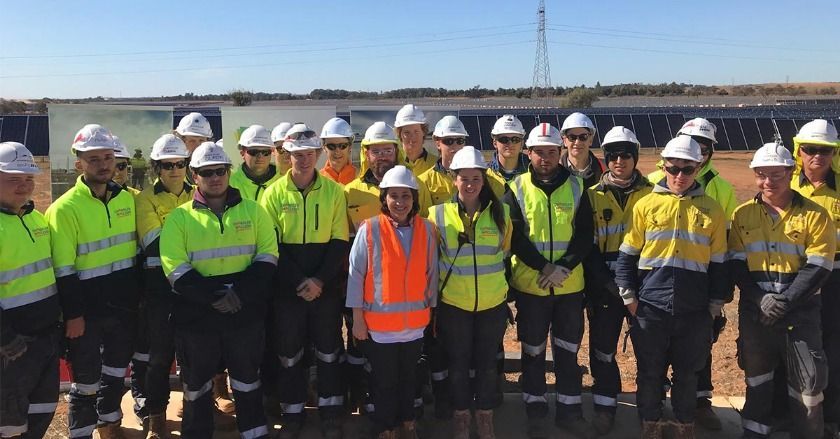
The Chandler Macleod team and members of our traineeship program met with Minister Lily D’Ambrosio
Challenges
The project aimed to employ 300 workers during the construction phase which needed to be sourced during an 8-week period. The short turn-around time combined with a focus on sourcing a local and diverse workforce presented some challenges.
Skill Shortages
During construction, there were an additional 3 solar farms being built within the region, resulting in significant inflation of pay rates for Electricians and a lack of available skilled workers.
Population Demographics
The population of Mildura is approximately 53,000 people and the main industries revolve around farming and agriculture. Workers from a construction background were limited.
Sourcing from a regional town, we found a lot of candidates did not have the right working documentation at hand and required additional time to source the correct documents to present.
Short Timeline
Our client required 6 onboarding dates over an 8-week period to onboard around 250 workers. There was a subsequent emphasis on compliance and ensuring candidates were job ready before they commenced.
Ability Gaps
Candidates were required to complete online registration forms. A proportion of the pool were not candidate literate and required hands on assistance to complete registrations causing a drag on the recruitment process.
Solutions
Despite the challenges, Chandler Macleod’s team of experience workforce solution providers overcame and exceeded expectations. Using a unique range of solutions, we sourced a diverse, local workforce in the required time using a combination of:
Partnering with Community Organisations
Partnering with community organisations was vital to ensure local residents were provided with employment opportunities. In conjunction with Beon Energy Solutions, we worked with a variety of local community stakeholders including Job Active Providers, local councils and local Tafe Provider, Sunraysia Tafe, to assist long-term unemployed back into the workforce. We partnered with the Jobs Victoria Employment network to employ 40 local employees.
Providing Additional Training Opportunities for Inexperienced Local Workers
To overcome the high proportion of local workers coming from outside the construction sector, we put together a 5-day pre-employment training course tailored to the solar industry. The program was tailored specifically to help educate candidates on how a solar farm is built, as well as understanding their safety processes and systems.
The building phase has provided opportunities for local workers to gain the experience and qualifications they need to work at other renewable energy sites across the state.
Glen Thompson, General Manager, Beon Energy Solutions (2)
Supporting Apprenticeship Programs
By partnering with Sunraysia Institute of Tafe and Beon, we were able to support 25 apprentices through the application process and successfully onto site, creating opportunities which may not have otherwise been available.
Providing Additional Incentives for Completion of Projects
To assist with attracting and minimising turnover, due to skill shortages, we designed a sign on and completion bonus scheme for electricians which assisted in attracting and minimising turnover for the client.
The Future Looks Bright
Approximately 70% of the workforce have never worked on a solar farm before and at the end of this project they will walk away with new skills and experience for future employment in the renewable energy industry.
Michael Lamble, Chandler Macleod Staffing Services
- Chandler Macleod are looking at two additional projects, commencing within the coming months within this region, which will allow us to transfer the workforce over for ongoing employment. This will include the 28 apprentices and trainees.
- Approximately $10 million, in wages, was injected into the local community from this project.
- 15 employees came from JVEN
- We had approximately 105 candidates, that were employed throughout the course of the project, that came from a Job active network.
- We employed 31 people (17% of the workforce) who identified as Aboriginal or Torres Strait Islander background
For more details on our current projects and opportunities, please head to our dedicated sourcing site www.jobsinsolar.com.au
References
- Rebecca Pearl-Martinez & Jennie C. Stephens (2016) Toward a gender diverse workforce in the renewable energy transition, Sustainability: Science, Practice and Policy, 12:1, 8-15, DOI: 10.1080/15487733.2016.11908149 https://www.tandfonline.com/doi/abs/10.1080/15487733.2016.11908149
- Minister for Energy, Environment and Climate Change tours Karadoc Solar Farm. (2018). [Blog] Beon Energy Solutions. Available at: https://beon-es.com.au/latest-news/minister-for-energy-environment-and-climate-change-tours-karadoc-solar-farm/ [Accessed 18 Sep. 2018].
- (2018). Diversity Best Practices Guide for the Solar Industry | SEIA. [online] Available at: https://www.seia.org/research-resources/diversity-best-practices-guide-solar-industry [Accessed 18 Sep. 2018].
- Clean Energy Council (2018). CLEAN ENERGY AUSTRALIA REPORT 2018. [online] Available at: https://www.cleanenergycouncil.org.au/policy-advocacy/reports/clean-energy-australia-report.html [Accessed 18 Sep. 2018].
- At its current rate, Australia is on track for 50% renewable electricity in 2025. (2018). [Blog] Ecogeneration. Available at: http://www.ecogeneration.com.au/at-its-current-rate-australia-is-on-track-for-50-renewable-electricity-in-2025/ [Accessed 18 Sep. 2018].
- org. (2018). Renewables 2017 : Key Findings. [online] Available at: https://www.iea.org/publications/renewables2017/ [Accessed 25 Oct. 2018].

